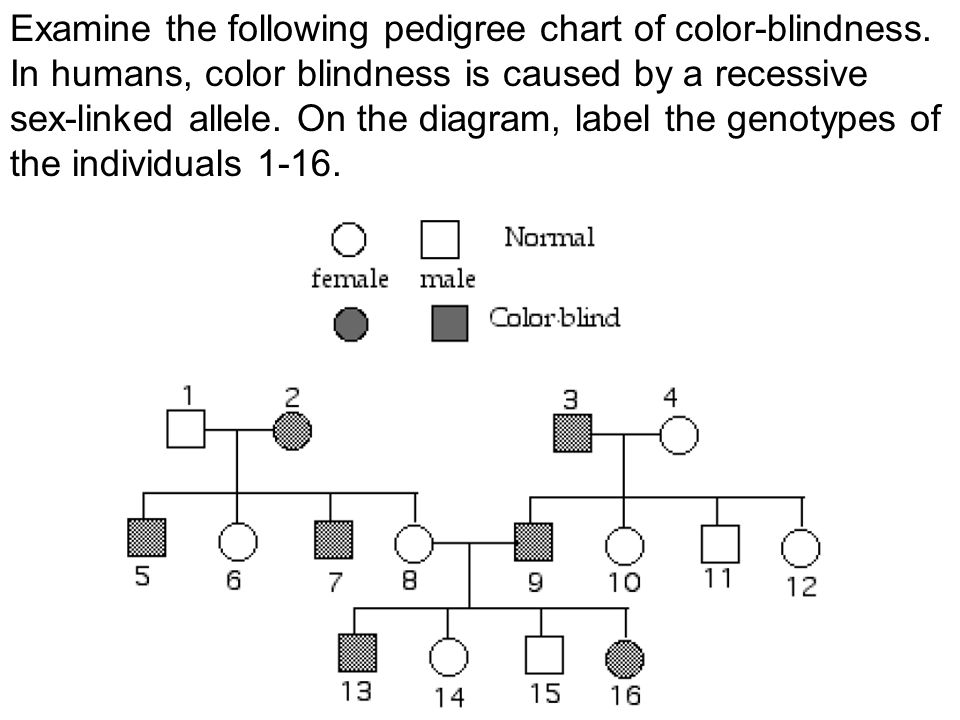Colour blindness, also known as color vision deficiency, is a genetic condition that affects a person’s ability to distinguish certain colors. It is more common in men than in women, as the gene responsible for color blindness is located on the X chromosome. This means that males only need to inherit one copy of the gene to be color blind, while females need to inherit two copies.
There are different types of color blindness, including red-green color blindness, blue-yellow color blindness, and total color blindness. The most common type is red-green color blindness, where individuals have difficulty distinguishing between red and green colors.
Pedigree Chart Of Colour Blindness
Understanding Pedigree Charts
A pedigree chart is a diagram that shows the genetic relationships within a family. It is often used to track the inheritance of genetic traits, including color blindness. In a pedigree chart of color blindness, squares represent males, circles represent females, and shaded symbols indicate individuals who are color blind.
By analyzing a pedigree chart of color blindness, one can determine how the condition is inherited within a family. For example, if both parents are carriers of the color blindness gene, their offspring have a higher likelihood of being color blind. Pedigree charts can also help identify patterns of inheritance, such as autosomal dominant or recessive traits.
Interpreting a Pedigree Chart of Colour Blindness
When examining a pedigree chart of color blindness, it is important to note the following:
- If a male is color blind, all of his daughters will be carriers of the color blindness gene.
- If a female is color blind, all of her sons will be color blind.
- If both parents are color blind, all of their offspring will be color blind.
By understanding the patterns of inheritance in a pedigree chart of color blindness, individuals can make informed decisions about genetic testing and family planning.
